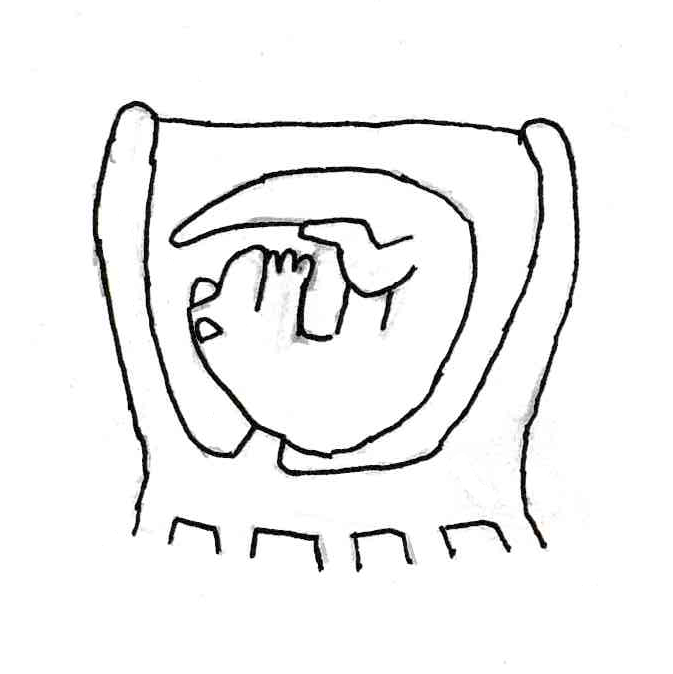
Aleptidates are a race allied with humans in the Sapiens Commonwealth. There are only around forty macroscopic species on their home planet Aelsa, all of which are symbiotic to Aleptidates or each other. Indeed, the only harmful organisms on the planet are microscopic parasites. It is theorised that Aleptidates themselves have created this state of affairs, as it seems unlikely to have evolved naturally. However, they have yet to confirm or deny this theory.
First contact with Aleptidates occurred in 2405 CE (108 FY). Despite being allied with them, most Aleptidates are somewhat phobic towards other sapiens, including humans. It took around 200 years for this species to settle on Meliotopia, which is where human/Aleptidate relationships are strongest. Most Aleptidates still live on isolationist colony worlds, and xenophobic extremists also exist, such as the notorious Children of Shatrqil.

Aleptidates are carbon-based, with strong biochemical similarities to humans. Theoretically, they could consume most terrestrial proteins, although some are rather toxic to them, and acetic acid is a strong intoxicant. More tragically, they occasionally fall prey to terrestrial pathogens, notably the Bluespot Virus in 327-332 FY.
Aleptidates do not usually possess feeding organs. Traditionally, they feed through a symbiosis with Aelsan trees, which grow feeding pods, as illustrated. Within these pods, they can absorb nutrients passively through their skin. In this state, Aleptidates’ metabolisms slow down considerably, so they need little oxygen. This is the closest they come to a state of sleep.
Baselines need to feed every 16 hrs, and will become extremely ill if they cannot do so. ‘Heterodox’ Aleptidates can grow digestive systems, but most of the species prefers to use pods whenever possible.
A most unusual characteristic of Aleptidate physiology is morphological flexibility. Many Aleptidates have developed the ability to grow mouths for oral communication, as they otherwise lack facial orifices, and their native languages are non-vocal. Such Heterodox individuals make up the majority of that portion of the species that regularly interacts with humans.
